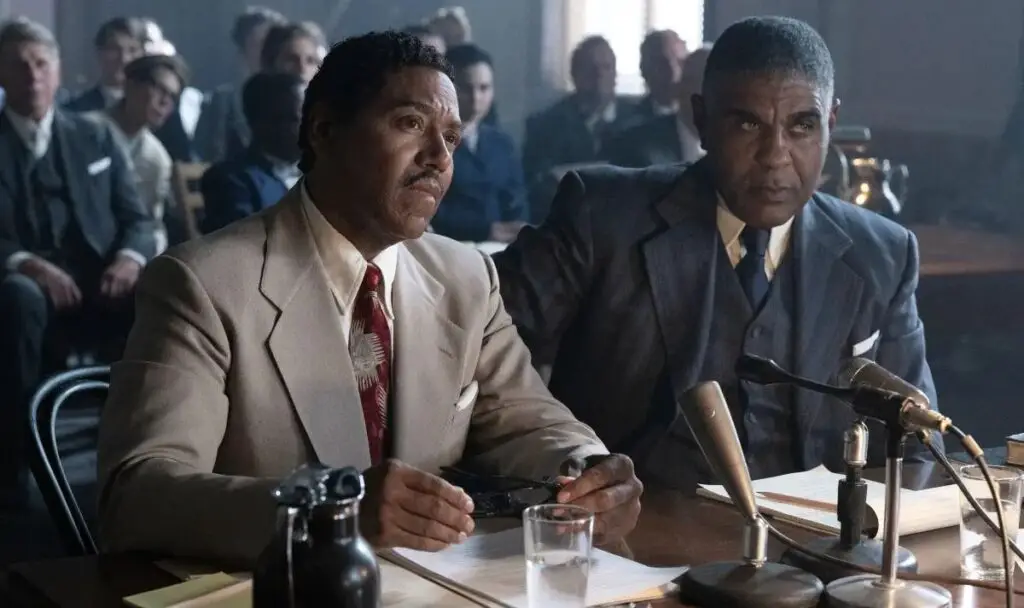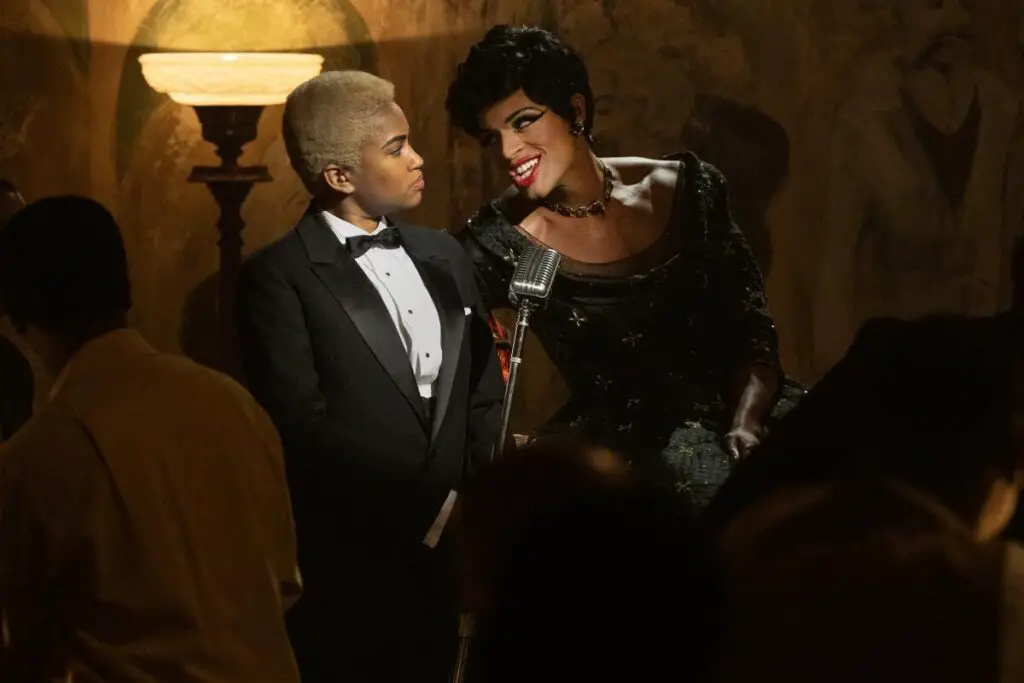McCarthyism, also known as the second Red Scare, was marked by political repression and persecution, particularly of left-wing individuals, during the late 1940s through the 1950s in the United States. This era was characterized by a widespread fear of communist and Soviet influence on American institutions and concerns about Soviet espionage. The campaign was spearheaded by U.S. Senator Joseph McCarthy, whose credibility waned after several of his accusations were proven false. The U.S. Supreme Court, under Chief Justice Earl Warren, played a significant role in ending this period through a series of rulings that overturned key laws and legislative directives related to civil and political rights.
McCarthyism began even before McCarthy’s rise to national fame, following the breakdown of the East-West alliance with the Soviet Union after World War II. In 1947, President Harry S. Truman signed an executive order to screen federal employees for associations with groups deemed subversive, which included communists. The subsequent events, such as the Czechoslovak coup and the Korean War, further heightened fears and tensions in the U.S. The term McCarthyism has since evolved to describe the excesses of efforts to crack down on alleged subversive elements, including reckless and unsubstantiated accusations and attacks on political adversaries.
The Human Cost of McCarthyism: Lives Altered and Careers Destroyed

The primary targets of McCarthyism were government employees, figures in the entertainment industry, academics, left-wing politicians, and labor union activists. Many individuals suffered loss of employment, destruction of their careers, imprisonment, and other forms of persecution based on often inconclusive or questionable evidence. The reprisals against these individuals were frequently initiated by trial verdicts later overturned, laws struck down as unconstitutional, or dismissals declared illegal. Notable examples of McCarthyism include the investigations conducted by Senator McCarthy and the hearings by the House Un-American Activities Committee (HUAC).
‘Fellow Travelers’: Reflecting the Era’s Struggles through a Love Story
“Fellow Travelers,” based on a novel by Thomas Mallon, is a story that unfolds against the backdrop of McCarthyism. It follows the romance between two men, Timothy Laughlin and Hawkins Fuller, from the 1950s to the 1980s. The series portrays real-life figures like Senator Joseph McCarthy and Roy Cohn, incorporating dialogues and events from history. Set amidst the political turmoil of the McCarthy era, the series captures the essence of the times, including the personal and societal struggles faced by individuals during this period.
“Fellow Travelers” also touches upon the Lavender Scare, an aspect of McCarthyism that involved the government firing gay and lesbian employees. This historical context contributes significantly to the secrecy surrounding the protagonists’ love affair, offering a poignant commentary on the era’s discriminatory practices and the personal impact on those targeted.


